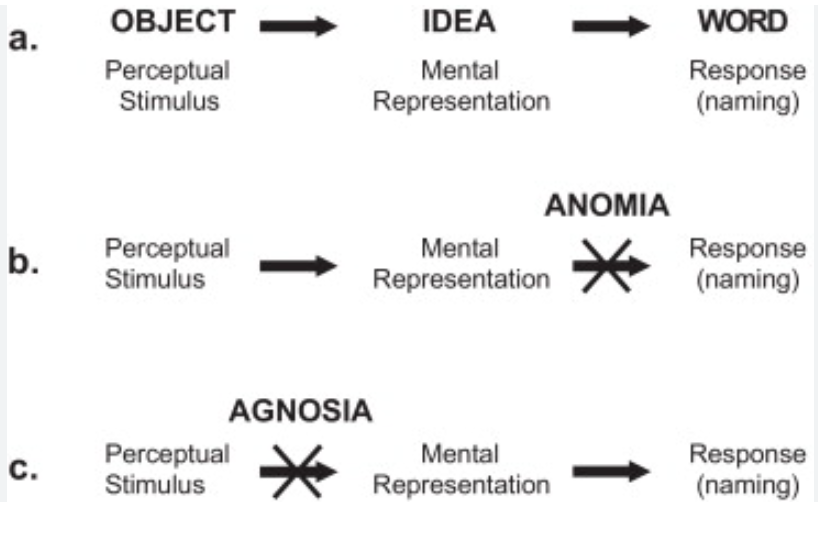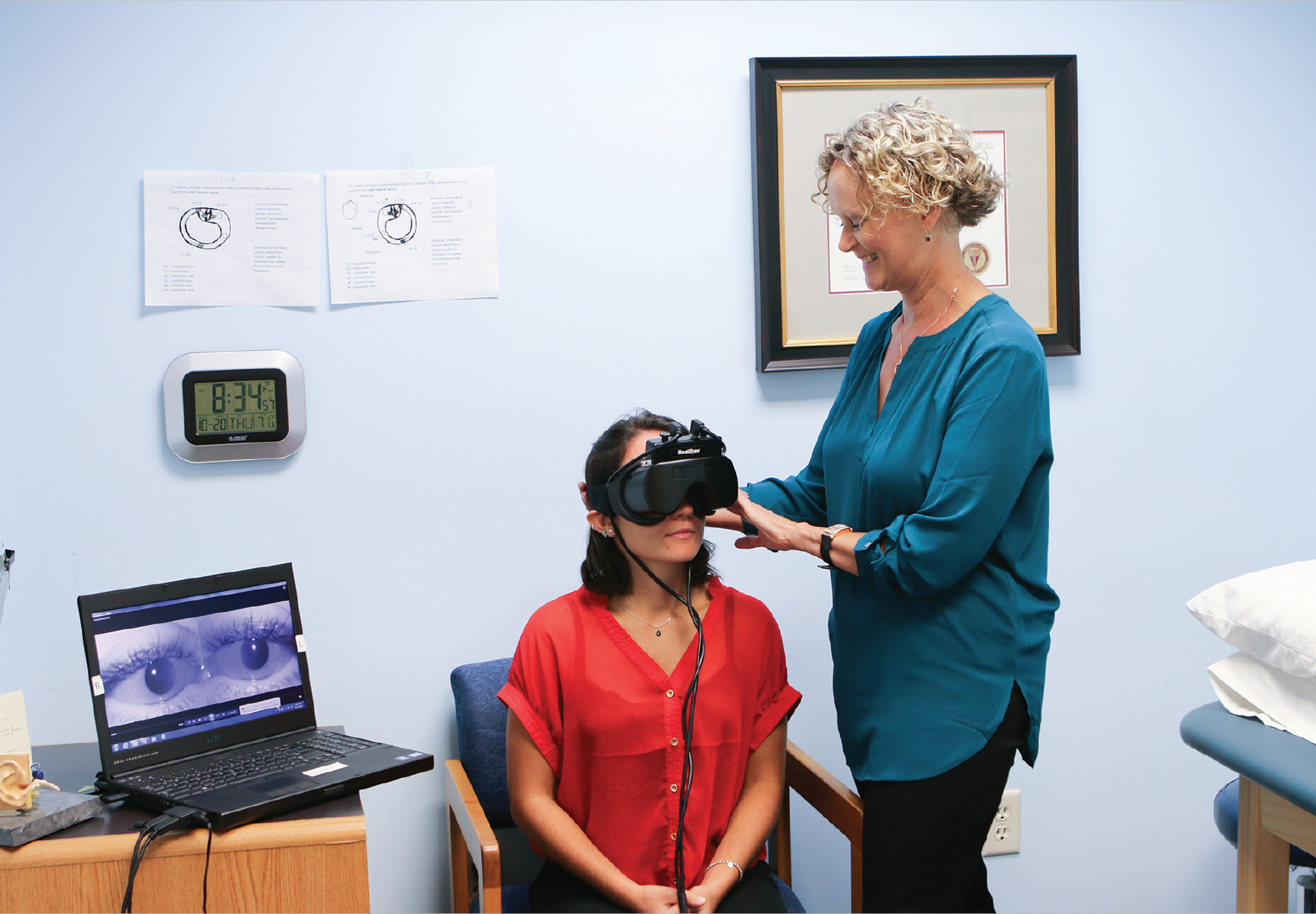Introduction
Vestibular agnosia is a rare and intriguing neurological condition that affects the brain’s ability to process vestibular information, which is critical for balance and spatial orientation. Understanding vestibular agnosia is crucial for medical professionals, researchers, and those affected despite its rarity. This blog aims to provide a detailed overview of vestibular agnosia, including its symptoms, causes, diagnosis, and treatment options.
What is Vestibular Agnosia?
Vestibular agnosia is a neurological disorder characterized by the inability to recognize or process vestibular stimuli. The vestibular system in the inner ear plays a fundamental role in maintaining balance, spatial orientation, and coordinating movement. Individuals with vestibular agnosia have intact vestibular function but cannot consciously perceive or interpret vestibular information, leading to significant difficulties in everyday life.
Symptoms of Vestibular Agnosia
The symptoms of vestibular agnosia can vary widely but often include:
- Balance Issues: Difficulty maintaining balance, especially in low-visibility conditions.
- Spatial Disorientation: Challenges in navigating through space or identifying one’s body position in relation to the environment.
- Motion Perception Problems: Inability to perceive or respond appropriately to movement, such as feeling unstable when walking or turning.
- Vertigo: Sensations of spinning or dizziness without an apparent cause.
- Coordination Problems: Difficulty coordinating movements, leading to clumsiness or frequent falls.

Causes and Risk Factors
The precise cause of vestibular agnosia is not fully understood. Still, it is typically associated with damage or dysfunction in the brain areas responsible for processing vestibular information, such as the parietal lobes or the temporoparietal junction. Potential causes and risk factors include:
- Brain Injury: Trauma to the head can disrupt vestibular pathways.
- Neurological Disorders: Conditions such as stroke, cerebral small vessel disease, Parkinson’s Disease, Alzheimer’s disease, or brain tumors can affect vestibular processing.
- Infections: Certain infections can damage the brain regions involved in vestibular perception.
- Genetic Factors: There may be a genetic predisposition to developing vestibular agnosia, although this is still under investigation.
Diagnosis
Diagnosing vestibular agnosia involves a comprehensive evaluation by a Neurologist or a Vestibular Physical Therapist specializing in vestibular disorders. The diagnostic process typically includes:
- Clinical History: Detailed assessment of symptoms and medical history.
- Physical Examination: Tests to evaluate balance, coordination, and spatial orientation.
- Positional testing for Benign paroxysmal positional Vertigo (BPPV)
- Vestibular Testing: Specialized tests such as electronystagmography (ENG) or videonystagmography (VNG) to assess vestibular function, Video head thrust Testing(vHIT)
- Neuroimaging: MRI or CT scans to identify any brain lesions or abnormalities.

Treatment and Management
Currently, there is no cure for vestibular agnosia, but several treatment approaches can help manage the symptoms and improve quality of life:
- Vestibular Rehabilitation Therapy (VRT): A customized exercise program to improve balance and spatial orientation. Provide treatment to resolve BPPV
- Medications: Drugs to alleviate symptoms like vertigo and dizziness.
- Cognitive Behavioral Therapy (CBT): Psychological support to help patients cope with the emotional and psychological impact of the condition.
- Assistive Devices: Tools such as canes or balance aids to enhance safety and mobility.
Conclusion
Vestibular agnosia, while rare, presents significant challenges for those affected. We can enhance our understanding and management of this complex condition through continued research and advancements in diagnostic and therapeutic techniques. Healthcare professionals must remain vigilant in recognizing the signs of vestibular agnosia to provide timely and effective support for their patients.
Raising awareness and improving education about vestibular agnosia can contribute to better outcomes and quality of life for individuals living with this condition. Suppose you suspect that you or a loved one may be experiencing symptoms of vestibular agnosia. In that case, seeking professional medical advice for a comprehensive evaluation and appropriate management is essential. Contact WWSPT for additional information on Vestibular agnosia and/or to schedule an evaluation,
Wendy Webb Schoenewald, PT, OCS,
WWS Physical Therapy and Vestibular Rehabilitation
Doylestown, PA.
(215) 489-3234

Leave a Reply